
7 Reasons To Choose Voximplant
If your plans include setting up a virtual contact center and finding ways to dramatically improve your customer service and sales, we can name at least 7 reasons for you to consider Voximplant.

If your plans include setting up a virtual contact center and finding ways to dramatically improve your customer service and sales, we can name at least 7 reasons for you to consider Voximplant.

Our voices transmit an incredible amount of information including our identities. Everyone’s voice is unique, which allows us to recognize someone we know based on their voice over the phone. The use of voice for identification is known as voice biometrics.

Today we'll talk about how to create a well-performing IVR system and what you should pay attention to before you begin.

Customers are always glad to provide you with their feedback if you: a) ask for it the right way; b) actually use what they say to improve the quality of your service and/or product. So, in this article, we'll review seven effective ways to collect and use customers’ reviews and general feedback.

With Live Logs, you can now do the same thing for real historical calls too - and it is synchronized with any recordings made during the call too.

Companies conduct phone surveys both to identify market trends and improve the customer experience. In this case, voice bots are an appropriate option since their implementation takes less time and frees up operators for more complex tasks

Buyers and sellers communicate through a call center that handles both inbound and outbound inquiries. Contact centers have to serve customers and allow operators to work efficiently. Now it’s time to look at the statistics and figure out how to create the best version of a contact center for your company.

Voximplant provides a Text-to-Speech API that allows you to communicate with customers all over the world using their native language.

Proxy phone numbers are used to mask real phone numbers to enhance security for both customers and service providers.

TLS stands for Transport Layer Security. It is a cryptographic protocol providing end-to-end security for all types of data sent between users. If a URL link begins with ‘https,’ your browser establishes a connection via TLS. Moreover, TLS can be used while sending emails, files, conducting audio/video conferences, and implementing IP telephony.

Increase your business value with conversational AI

Thanks to the WebRTC standard, your customers and colleagues can join a call without needing to install or download apps. See how innovative technology impacts the telecommunications world

Boost your food tech app in 2024! Learn 12 in-app content tricks from a study of 5000+ stories. Personalize, gamify, and use cross-channel messaging for user retention.
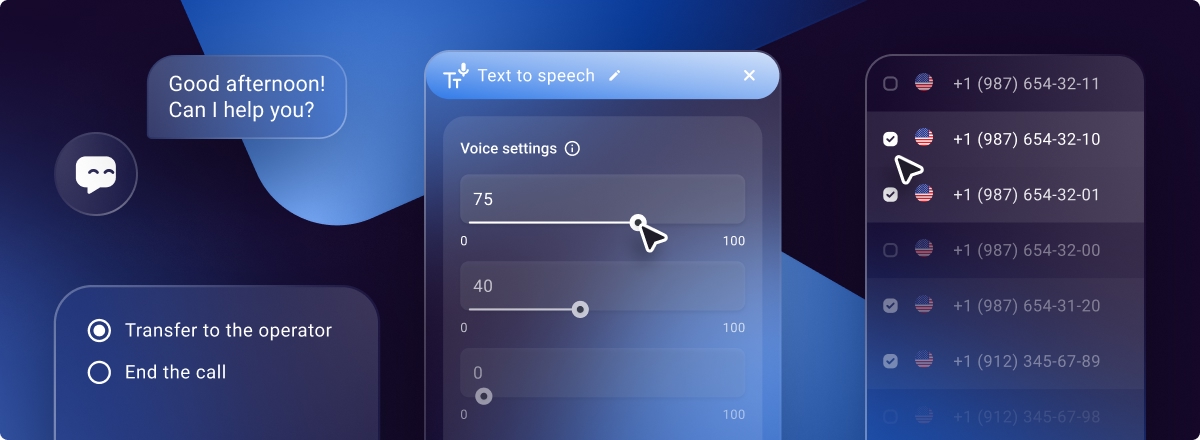
In this digest, we will bring you the latest updates to Voximplant Kit. We have added support for outbound WhatsApp messages, Mobile chats, support for ElevenLabs neural voices, and new automated campaign settings.

New Features in Voximplant Kit: Update overview We are constantly working to improve our product to make it easier to use and more effective for you. In this update, we have added several useful features. Here’s what’s new:
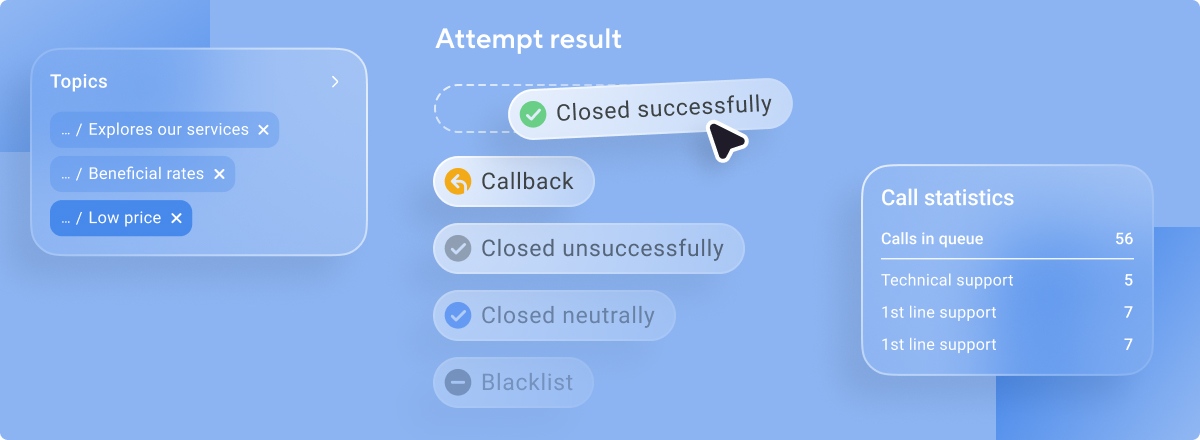
Check out the latest useful Voximplant Kit updates — we developed chat analytics, improved call history, added new tools for supervisors, expanded scenario capabilities, and updated the softphone. Below is a brief overview of the essential enhancements.
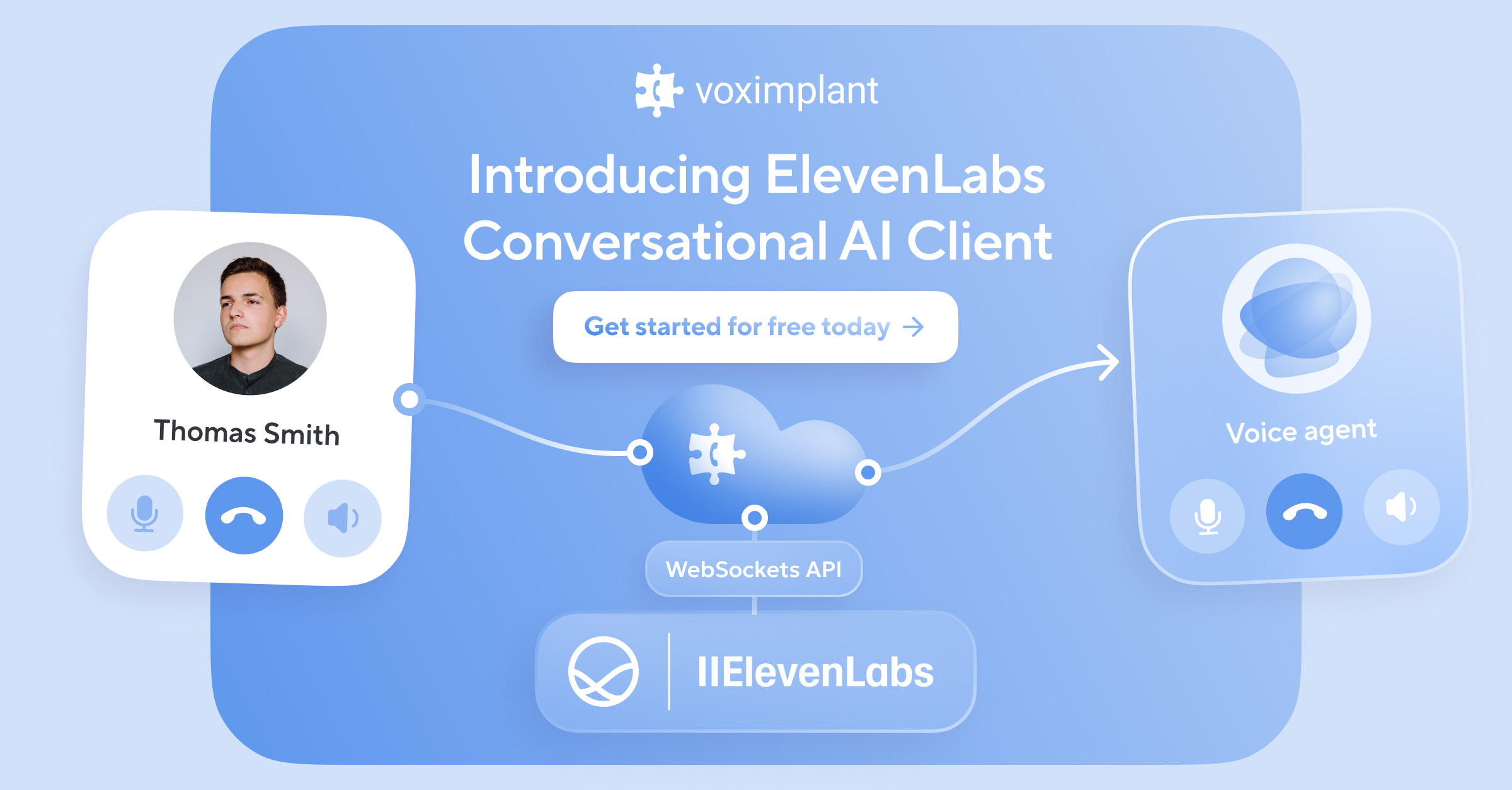
Connect any Voximplant call to ElevenLabs Conversational AI agents
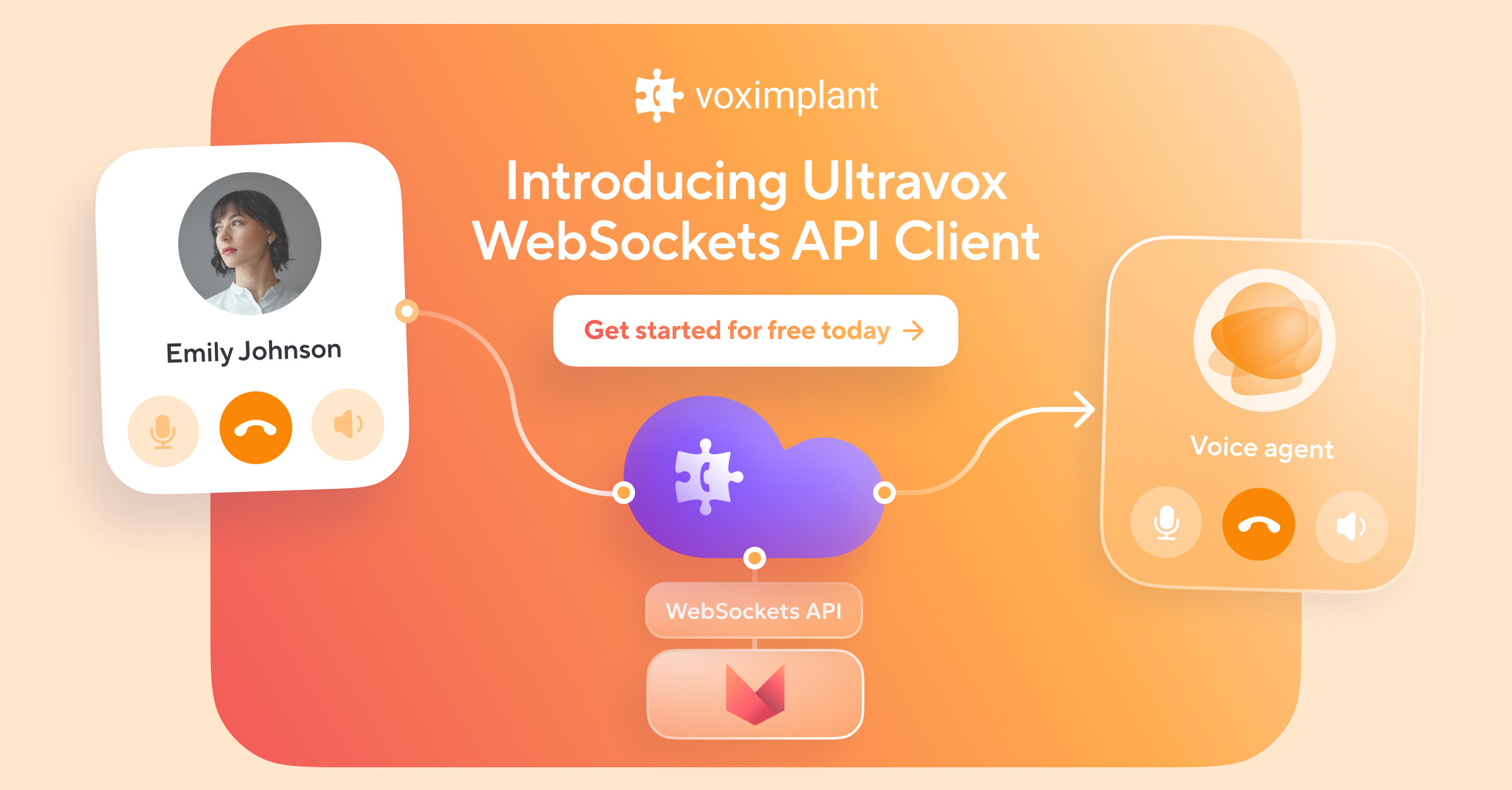
The new integration enables instant connection of any Voximplant call to an Ultravox agent, delivering seamless voice-to-voice conversations.

Voximplant now includes a native Cartesia module for streaming, low-latency text-to-speech (TTS). You can use a single VoxEngine API to synthesize speech in real time, connect it to any call (PSTN, SIP, WebRTC, WhatsApp) and control playback from a Large Language Model (LLM) or other source, all inside VoxEngine.
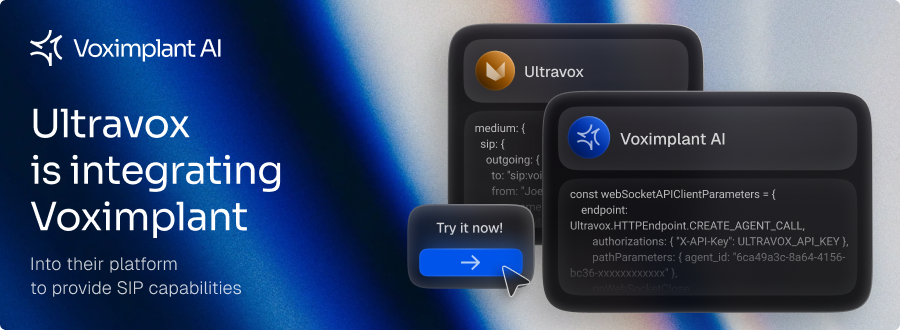
Today Ultravox announced they are directly integrating Voximplant into their platform to provide SIP capabilities. The integration builds on Voximplant’s deep telephony and Voice AI tooling